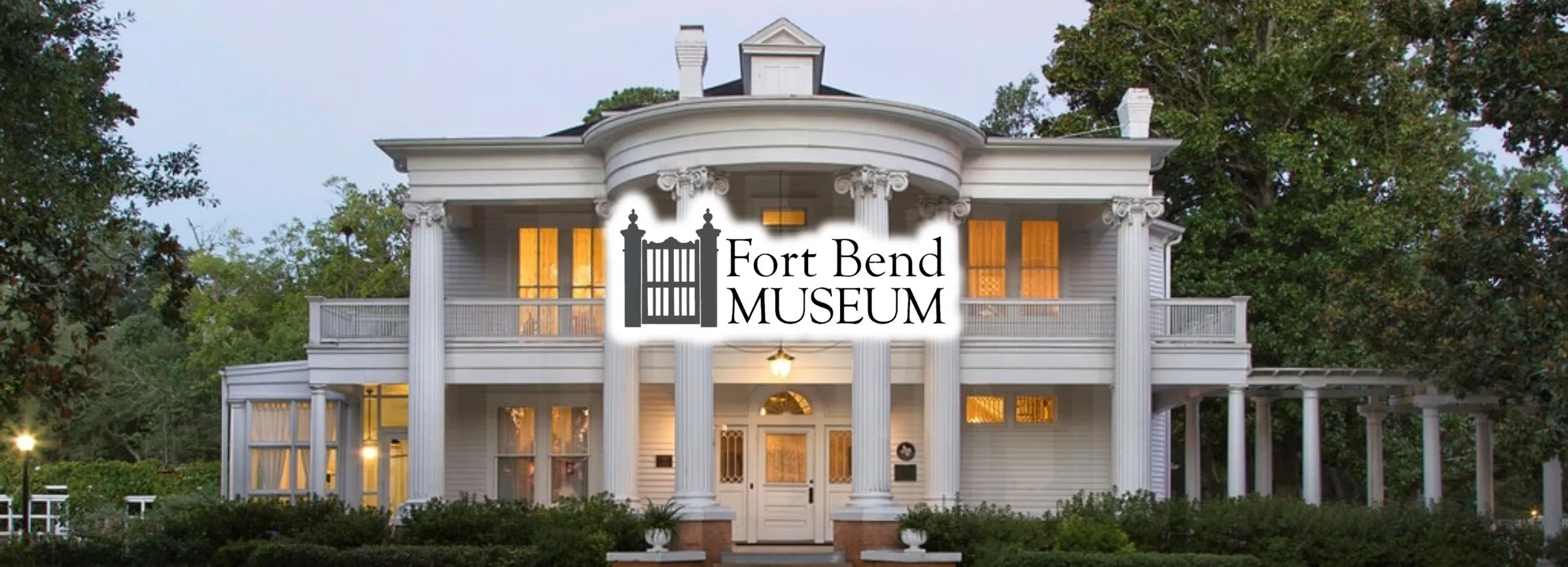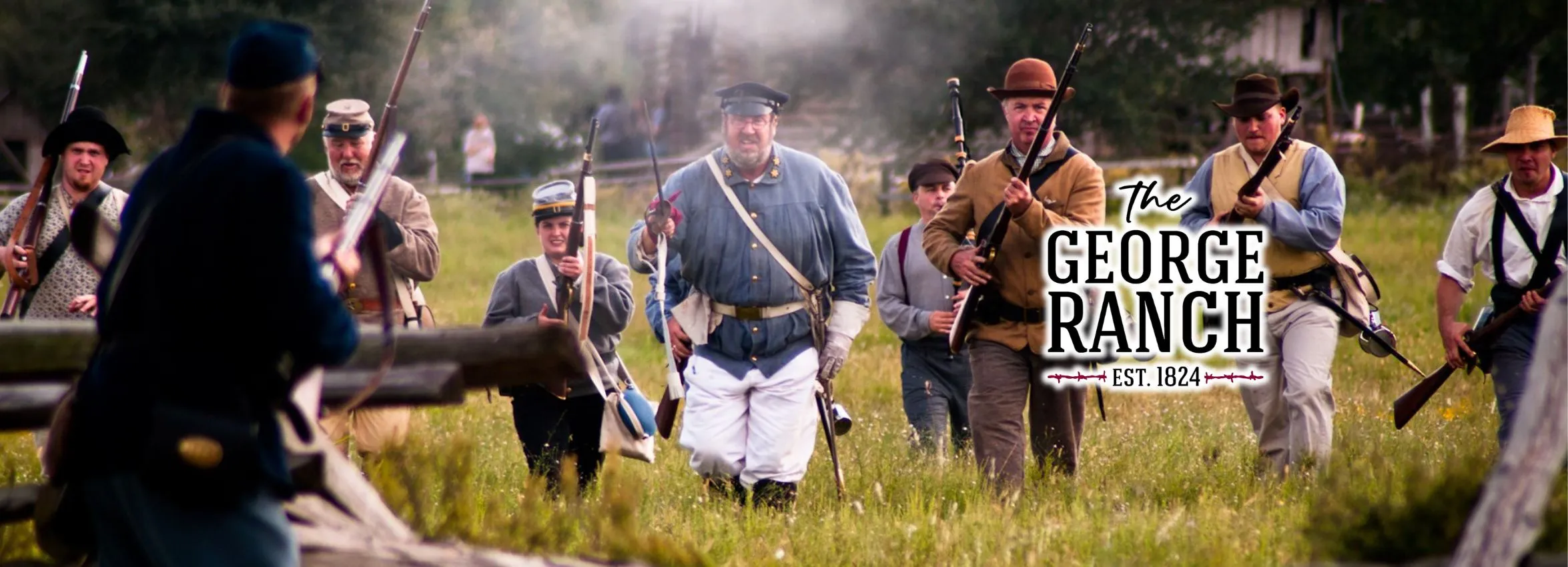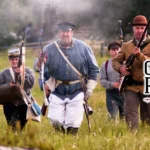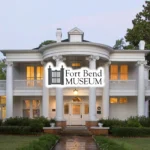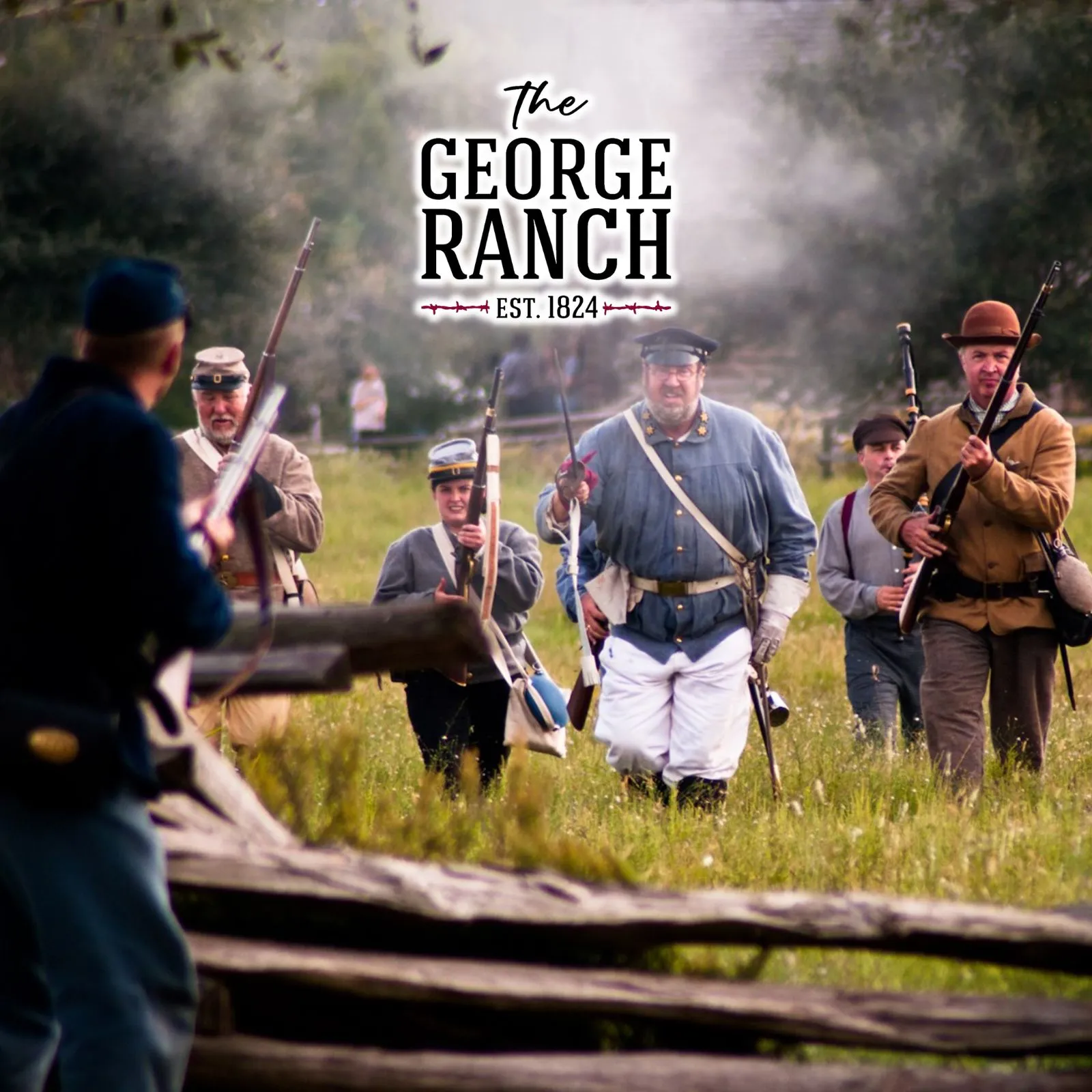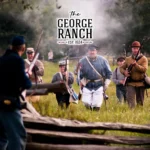Unraveling the Rich Tapestry of Richmond, Texas: A Historical Odyssey
Richmond’s history is a vibrant narrative of exploration, conflict, and community, offering a window into the broader story of Texas.
Early Beginnings and Native Heritage
Before European settlers arrived, the land that would become Richmond was inhabited by the Karankawa and other Native American tribes. These early residents utilized the abundant resources of the Brazos River, leaving behind a legacy of harmony with the natural world.
The Birth of a Texan City
Richmond was officially founded in 1837 by a group of enterprising pioneers, including Robert Eden Handy and his brother-in-law, William Lusk. Named after Richmond, England, the city quickly became a focal point of commerce and governance in the Republic of Texas, serving as the seat of Fort Bend County.
A Crucible of Conflict: The Texas Revolution
Richmond played a significant role in the Texas Revolution, with its residents participating in key battles for independence. The city’s strategic location near the Brazos River made it a vital point for military and supply routes, underscoring its importance in the fight for Texan autonomy.
Reconstruction and Growth
Following the Civil War, Richmond entered a period of reconstruction and growth. The introduction of the railroad in the late 19th century transformed the city into a bustling hub of trade, agriculture, and industry, attracting settlers from across the United States and abroad.
The 20th Century: Economic Diversification
The 20th century marked a time of economic diversification for Richmond. While agriculture remained a cornerstone of the local economy, the city expanded into other sectors, including manufacturing, retail, and services, paving the way for modern development.
Historical Figures of Note
Richmond has been home to several notable figures, including Mirabeau B. Lamar, the second president of the Republic of Texas, and Jane Long, the “Mother of Texas.” Their contributions to the state’s history and culture are commemorated throughout the city.
Preservation and Progress
In recent decades, Richmond has focused on preserving its rich historical heritage while embracing progress. The revitalization of the historic downtown area and the conservation of significant landmarks reflect the community’s commitment to honoring its past.
Cultural Contributions: The Arts and Beyond
Richmond’s cultural landscape is as diverse as its history. The city hosts a variety of events and festivals that celebrate its heritage, from the annual Fort Bend County Fair to cultural exhibitions at the Fort Bend Museum, enriching the community’s social fabric.
Richmond Today: A Legacy of Diversity and Unity
Today, Richmond is a thriving city that celebrates its diversity and unity. Its history of overcoming adversity and embracing change serves as a foundation for a future filled with promise and potential.
Conclusion: Richmond’s Enduring Legacy
In conclusion, the history of Richmond, Texas, is a narrative of endurance, growth, and community. From its early days as a frontier settlement to its current status as a dynamic city, Richmond’s journey is a reflection of the broader Texan spirit. Its rich historical tapestry, marked by significant events, notable figures, and cultural contributions, continues to shape its identity. As Richmond looks to the future, it remains grounded in the values and lessons of its past, poised to continue its legacy of resilience and innovation for generations to come.
